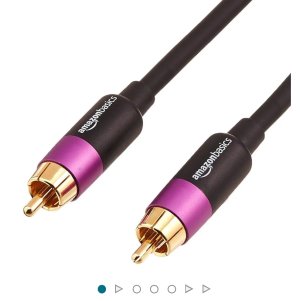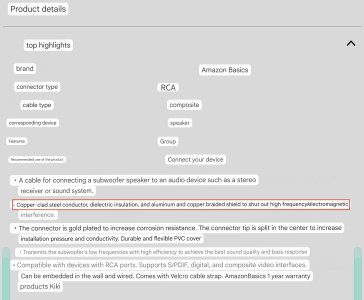wunderkind
Active member
- Joined
- Oct 13, 2023
- Messages
- 102
I had those B&W speakers many years ago. There have a lovely warm British sound that I feel the later models seemed to have deviated. Your room size and configuration affect your experience of course. IIRC I did add a sub. It was an Energy 10.3 model. I cross-overed at around 80hz because the 601s (and most typical bookshelves) run-off start higher than the lowest rated hz. I'd suggest you play around with the config. Placement of the sub is also important.
TBH I think the gap for typical bookshelf and a sub is a bit too wide to ensure seamless handoff. I prefer my subs to come in at around 40hz and below. Making it work at higher hz results to 'hearing' the sub as opposed to feeling the low frequency. A well set-up speaker/sub configure would result in their "disappearance". Music should waft towards and envelope you. Not sure if I am explaining it right and I think I may have deviated from the OP topic.
TBH I think the gap for typical bookshelf and a sub is a bit too wide to ensure seamless handoff. I prefer my subs to come in at around 40hz and below. Making it work at higher hz results to 'hearing' the sub as opposed to feeling the low frequency. A well set-up speaker/sub configure would result in their "disappearance". Music should waft towards and envelope you. Not sure if I am explaining it right and I think I may have deviated from the OP topic.



